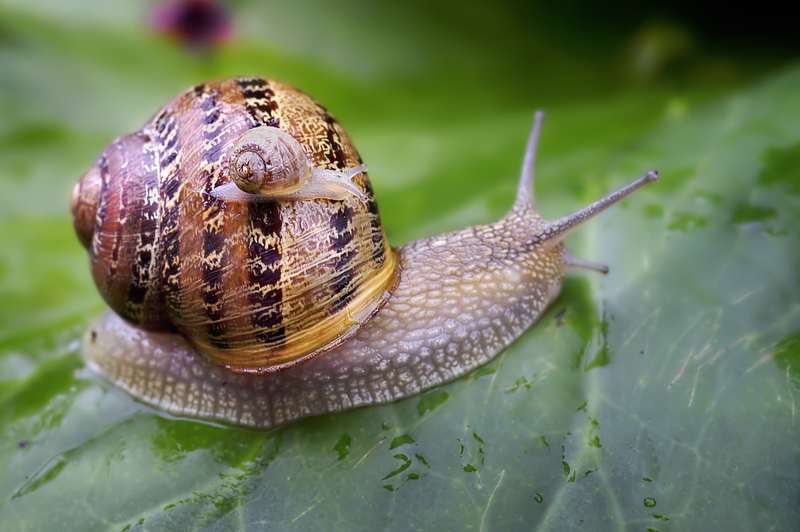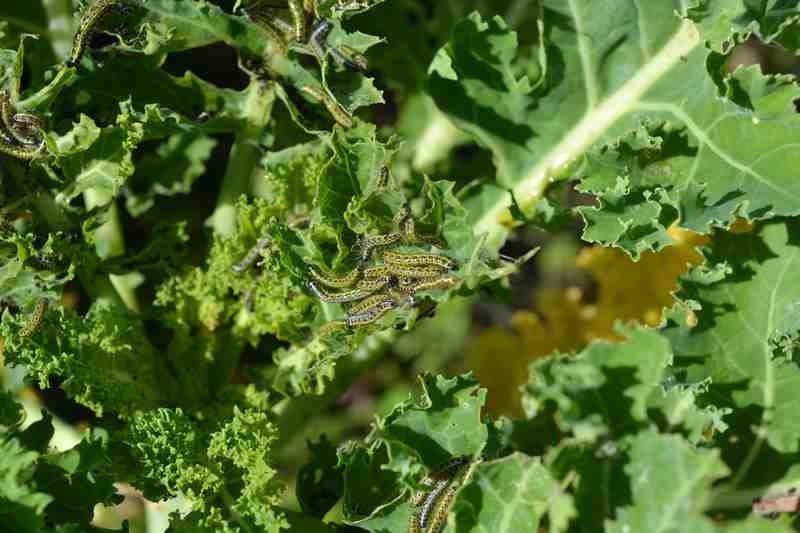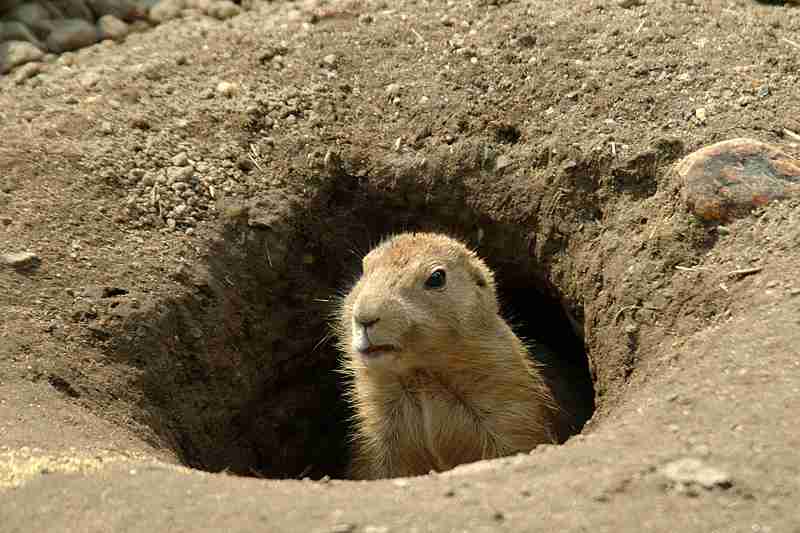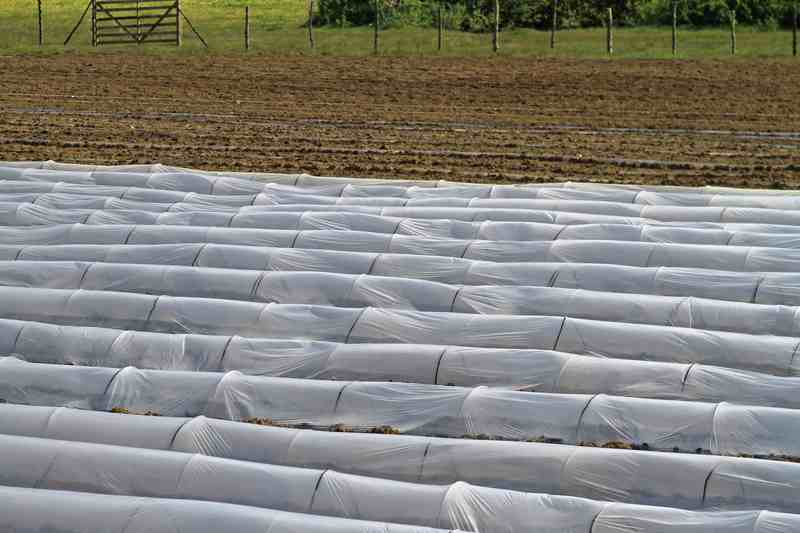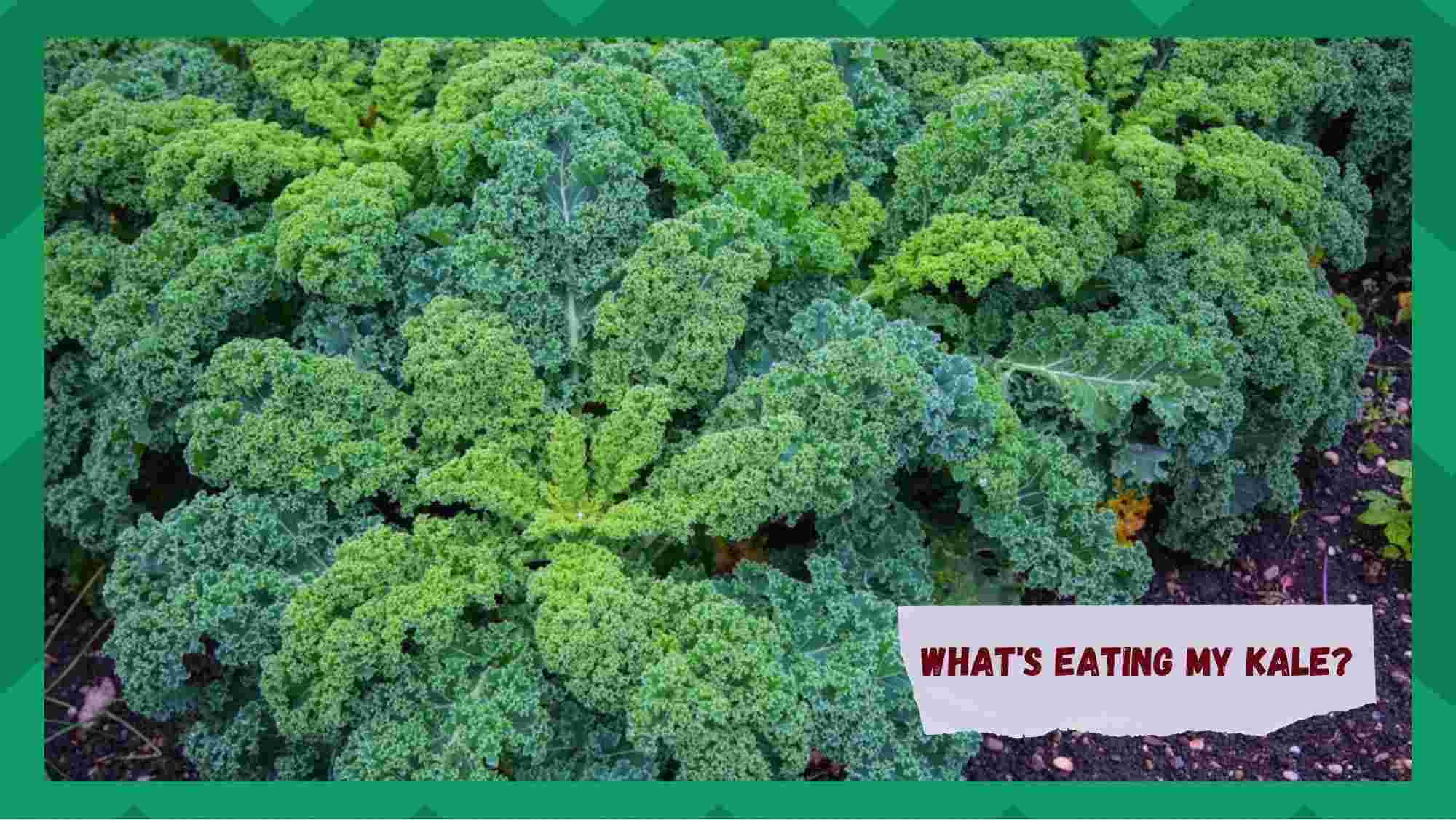
If you are looking for a new crop to grow on your lawn, you may want to try Kale. Kale is a vegetable that grows well in various soil conditions. It is rich in antioxidants and vitamins.
Its leaves can be eaten raw, cooked, or added to stir-fries. Its young leaves can also be used to make salads, stir-fries, and soups. But be sure to watch out for disease-related infestations. Cabbage worms are tiny green caterpillars that can be harmful to your plants.
What’s Eating My Kale?
In case you’re growing Kale in your garden, you’re probably wondering about the different predators that can attack your crops. Many animals are a common culprit for eating your kale plants.
You may be surprised to learn that rabbits and squirrels can eat Kale, too! Read on to learn more about the creatures eating your Kale:
- Squirrels
Squirrels are known for eating all kinds of plants and love leafy greens, such as Kale. They will eat any type of leafy greens. But if you grow Kale in your garden, you should be more concerned about kale than the other plants in your garden.
Squirrels are naturally wary of humans and may be intimidated by them. Try to keep their presence out of your garden, such as by adding fences to your garden. Squirrels like young plants with soft growth tips.
They are attracted to plant material and drool when they smell leafy greens. They’ll attack to satisfy this desire. And Kale is no exception. You should take measures to protect your vegetable plants from these pesky creatures.
It’s important to keep your garden clean. If the weather gets too cold, your plants will struggle. You can eliminate squirrels by maintaining your garden and removing hiding places. If you can’t keep the squirrels away, consider spreading predator urine.
This can help to keep them out of your garden. In addition to predator urine, scented sprays can deter squirrels from visiting your garden. Peppermint and cayenne pepper are scents that rats and rodents dislike.
- Slugs
Kale and other plants are among the favorite foods of slugs. Slugs and snails are land-dwelling mollusks with grater-like teeth. They prefer dark, damp places. This makes them more likely to feed on plants at night or during rainy seasons.
Firstly, you need to identify the slugs by species. You can do this by examining the leaves. They will often feed on the edge of the leaves, so there’s no obvious slime trail. These pests are most active at night and are well-camouflaged.
Another solution is to use diatomaceous earth, a soil amendment made from the fossilized remains of diatoms. Diatomaceous earth is effective in repelling slugs and other crawling insects.
- Caterpillars
Have you ever noticed caterpillars feasting on your Kale? Those nasty yellow-green creatures are not cabbage worms but caterpillars. They have no legs and loop up in the middle when crawling.
Their eggs are laid by mottled brown moths. The good news is that you can prevent them from laying eggs on your Kale by covering it.
While caterpillar excrement is not the most dangerous pest, the damage to a leaf can harbor harmful microbes or human pathogens. However, thorough rinsing is enough to remove any caterpillar excrement from your Kale.
As for the rest of the Kale, you should only eat the clean, intact leaves. But it is important to ensure you don’t consume the caterpillars’ eggs or pupae.
Diamondback caterpillars are the worst pests of all. These caterpillars look like condensed spider webs. They can lay dozens of eggs on a single leaf. Once they lay their eggs, they can’t be controlled.
You can buy repellents if you don’t want to deal with them. However, this only works if you can see the caterpillars quickly and manually remove them.
- Snails
There are several ways to get rid of snails from your garden. One of the easiest ways to prevent snails from eating plants is to make your garden more slug-resistant. One way to do this is to apply a baking soda spray to your plants.
This spray will keep snails away from your plants and kill them on contact. You can also spray the leaves of your plants with this substance every week to prevent slugs from coming in.
Another option is to trap snails with a 2×4 board. The board will catch the slugs and keep them from getting into your Kale. You should also sprinkle organic slug bait around your kale plants.
You can also try to trap cabbage worms. The caterpillars of these insects have a creamy yellow stripe on their sides. They are destructive and can eat the leaves of Kale.
- Pests
Pests that eat Kale may seem hard to detect, but there are ways to protect your plants from them. You can use some all-purpose insect repellents that are effective against the most common pests, but you should always check your plants for signs of these insects before applying a repellent.
The pests that are eating Kale can also affect other plants, including your vegetables. Harlequin bugs are a common problem; they are black shield-shaped with red or yellow markings. They are members of the stink bug family and are found in southern U.S. states.
They are voracious eaters of plants from the cabbage family, including Kale. They feed by sucking plant juices, so you can spot them in large numbers on your kale plants. You can also use diatomaceous earth to repel these pests.
Another type of pest that can damage your kale crop is the cabbage root fly. While the fly does not harm the plant, the insect’s larvae are a problem. The larvae eat the roots of the plant, which results in wilting.
This is because the roots cannot absorb water, and the plant will not grow properly. The larvae will live in the soil around the roots, feeding on the kale plant. The larvae are more likely to affect the young plants than the mature ones.
- Rabbits
It’s not uncommon for rabbits to attack Kale. They usually don’t attack the plant directly but can eat the leaves. When your kale plants are susceptible to these animals, you should take measures to prevent them from infesting your garden.
This will not only help keep your kale plants healthy but will also prevent you from dealing with unwanted problems.
If you have a garden where rabbits are a problem, you may want to consider using a repellent. A spray made from a combination of hot pepper sauce and water can deter rabbits from eating your garden plants.
Make sure to spray it on your plants regularly and after every rain. Make sure that the spray stays moist.
- Groundhogs
If you think your Kale is in danger of being eaten by groundhogsb you can do a few things. While it’s not a common problem, you may have to be extra careful about planting this plant in your garden.
After all, groundhogs are capable of destroying a considerable amount of Kale in a short time. So, if you suspect groundhogs are eating your Kale, you should keep an extra bunch or don’t plant any kale at all. If that’s the case, you can use a gas bomb or poison to kill the groundhog in its burrow.
If you think a groundhog is eating your Kale, they may be using your garden as a nest. But, you should also be aware that groundhogs will burrow in any area where they can access food, such as a garden.
Groundhogs are primarily herbivores, so they eat salad and other plants. They also like to eat insect larvae, snails, and baby birds. A trained pest control company can also identify suspected burrows and locate groundhogs quickly.
How to Care For Your Kale Plant to Avoid Attacks?
Several diseases and pests can attack kale plants. To prevent these attacks, you can prune the leaves and clean the soil around your plant.
If you have a garden, you can even cover the leafy greens to prevent them from growing. Once you have these tips, you should care for your kale plant with the utmost care.
Animals frequently threaten vegetable gardens, and Kale is one of their favorite foods. To protect your Kale from being eaten by groundhogs, rabbits and squirrels, place granular animal deterrents between your crops’ rows and around the perimeter of your kale patch.
Snails and other rodents like to dig under the container to reach the leaves. Other measures may be appropriate if your Kale is particularly susceptible to animal predation.
Neem oil, liquid copper, and floating row covers can help protect your kale plants from various pests. However, follow instructions on the label and pay special attention to risk indications.
Always seek professional advice when using any chemical product on your kale crops. Insect cloths, made of mesh fabric, can also help keep away several pests. This way, you can enjoy your Kale harvest without worrying about insects.




